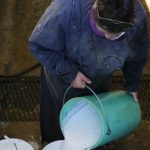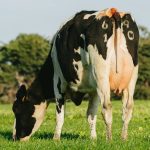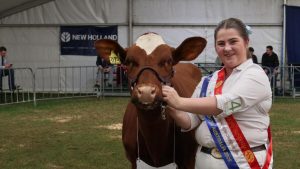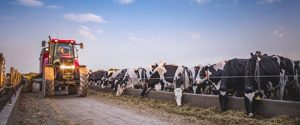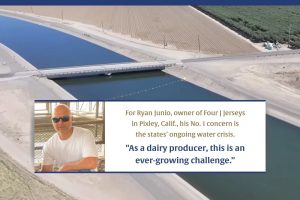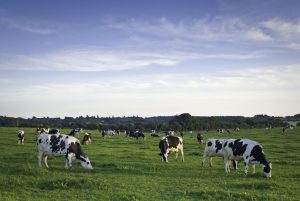
A 2017 report by McKinsey and Company estimated that digital technology could contribute somewhere between $140 and $250 billion to Australia’s Gross Domestic Product (GDP) by 2025 based on currently available technology alone.
For dairy, the Precision to Decision Agriculture Project, which included Dairy Australia, estimated an additional $497 million or 15 per cent to its Gross Value of Production (GVP).
Three years later, we now have a commitment to realise this opportunity.
But digital is not limited to just information technology (IT) infrastructure, nor is it focused narrowly on an online/mobile presence.
It is an integrated set of opportunities leveraging technologies ranging from automation and advanced analytics through to agile methodologies and customer-centric product and experience design.
At or near the digital frontier is a cluster of high-tech, knowledge-intensive service industries: IT, financial, professional and administrative services.
Closing the gap between dairy and these sectors requires government and industry to address a number of issues around poor telecommunications, privacy and security concerns, capital constraints in agricultural businesses, and capability and time limitations.
Broadband and Internet of Things (IoT) network infrastructure is essential to fully realise the potential of a ubiquitously connected landscape, enable access to large data loads, use of digital imagery and real time controls around autonomous vehicles.
Telecommunication providers and the federal government’s Mobile Blackspot Program, National Broadband Network and Regional Connectivity Program are expanding the quality and reach of internet connectivity in regional areas.
Last year, Australian agriculture adopted a National Traceability Framework.
This sets out a common vision, principles and responsibilities for regulated and commercial traceability systems across agriculture supply chains.
The framework requires each industry to develop an action plan over the coming 12-18 months. For dairy, this will require a significant degree of coordination.
Currently through SAFEMEAT, a partnership between the Australian red meat and livestock industry and state and federal governments, dairy is moving to a fully digitalised livestock traceability system.
This will see national consistency in the National Livestock Identification System (NLIS), compliance and enforcement of livestock identification and movement recording and data collection and entry.
Farmers will need to adapt with forms such as National Vendor Declarations and other devices becoming electronic. A number of agencies are reasonably well advanced in this journey.
For example, Dairy Food Safety Victoria is rolling out its Dairy RegTech program to Victorian dairy manufacturers in late 2020.
Demonstrating economic benefit on digital technologies is critical to accelerating adoption. Like most businesses’ farmers need to see a proven return on investment before making a capital outlay.
Agriculture Victoria is undertaking an IoT trial of 125 dairy farms in the Maffra region.
This includes capturing key economic data to compare against other farms across the state who do not have the technology.
This is also an output of ADF’s Blockchain and Real Time Payment System project.
Economic and environmental benefit is now reasonably well established for virtual fencing. This is an animal-friendly fencing system that enables livestock to be confined or moved without using fixed fences.
The CSIRO are world leaders in this area. They are currently collaborating with Melbourne based ag-tech start-up Agersens, universities and livestock RDCs to deliver the Virtual Herding project.
This is showcasing better grazing management practices, environmental protection, for example, riparian areas and reduction in the cost of building and maintaining fences for farmers.
So, the fourth industrial revolution is underway for the dairy industry. There is a clear shift happening from feasibility and concept to farm and supply chain adoption.
The challenge for industry as it seeks a competitive advantage over international rivals is the speed and integration of uptake. Basically, the faster and more coordinated it is, the greater benefit.

